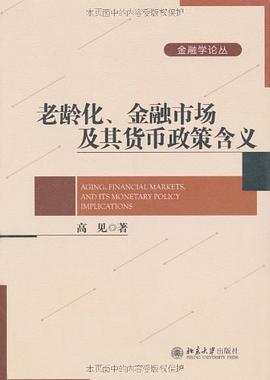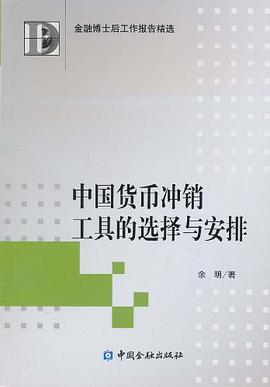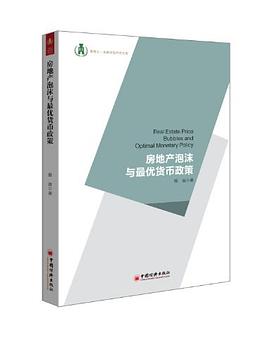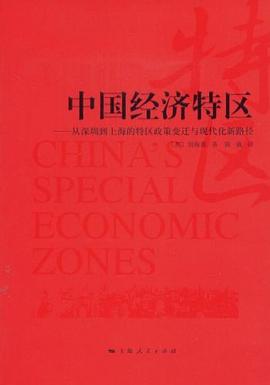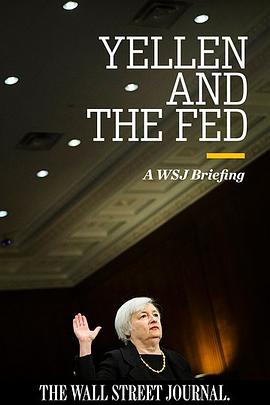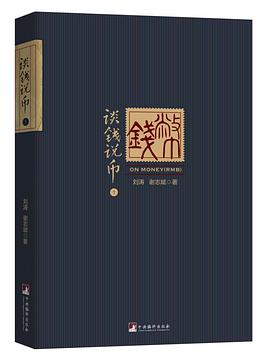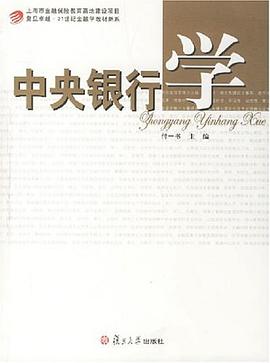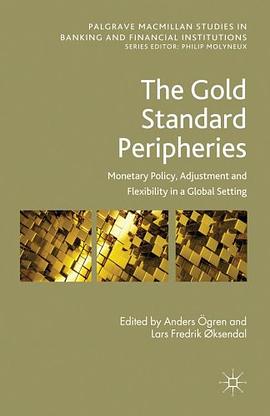

具体描述
As a world system, the gold standard knitted together minor and major countries, sophisticated and less advanced economies through their common choice of gold as monetary reference. This bookexplores the experience not of the main economic centres but of the smaller, peripheral economies of the gold standard. These peripheries differed significantly. One element, however, was common: all periphery countries were regime takers with limited influence on the regime. How did small countries adjust to an international monetary regime with seemingly little room for policy autonomy? Thisbook highlights the diversity of the gold standard experience. Each country differed reflecting different concerns, constraints and challenges. However, one common theme runs through the chapters: how central banks, representing a broad variety of peripheral experiences, were putting strong emphasis on maintaining some freedom for manoeuvre in their monetary policy. The question was how such flexibility was reached and maintained -- a matterthat involved the highly relevant issues of the role of international capital markets and the management of sovereign debt by the countries involved. The book concludes with achapter on possible lessons that can be learned from the gold standard peripheries for the Euro.
作者简介
目录信息
读后感
评分
评分
评分
评分
用户评价
相关图书
本站所有内容均为互联网搜索引擎提供的公开搜索信息,本站不存储任何数据与内容,任何内容与数据均与本站无关,如有需要请联系相关搜索引擎包括但不限于百度,google,bing,sogou 等
© 2026 book.wenda123.org All Rights Reserved. 图书目录大全 版权所有

